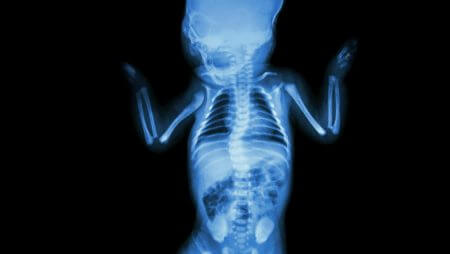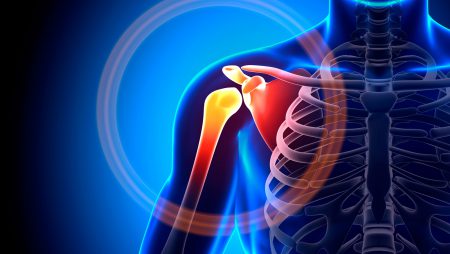The knee prosthesis, an artificial joint made up of specially shaped materials, allows patients with knee and joint problems to move painlessly and comfortably.
Knee prosthesis is frequently applied in patients who do not benefit from non-operative methods in the knee joint and who have advanced cartilage wear. In order to reach the knee joint during the surgery, which provides a painless knee joint in the long term, the soft tissues are opened, bone cuts are made and the ligament loosening is made to correct the deformities. Postoperative period is painful for this reason. Nowadays, these pain are reduced by using methods called multi-modal anesthesia and analgesia.
- Genetic causes of knee problems
- Disruption of blood flow in the knee
- Rheumatic diseases
- Knee joint infections in childhood
- Problems resulting from blood coagulation
- Metabolic diseases (obesity, gout, etc.)
- Age progression
- Obesity
Some of the causes of knee joint deterioration.
Two types of prostheses are used, total knee prosthesis and unicondylar knee prosthesis. In total knee replacement and Unicondylar knee prosthesis operation, the internal and external surfaces of the joints are replaced with prosthesis. The physician who is suitable for the patient decides.
Before the operation
Blood and urine tests are done. If the results are clear, the patient’s operation date is determined. If the patient is using blood thinners before surgery, he should stop.
After Surgery
It is risky for patients to walk for 12 hours. For this reason, the patient should move with a wheelchair. During the period of stay in the hospital, the patient is carried out at intervals of 2-3 hours. The reason why this is done is to prevent the clotting of the vessels in the stomach. The patient starts using blood thinners.





